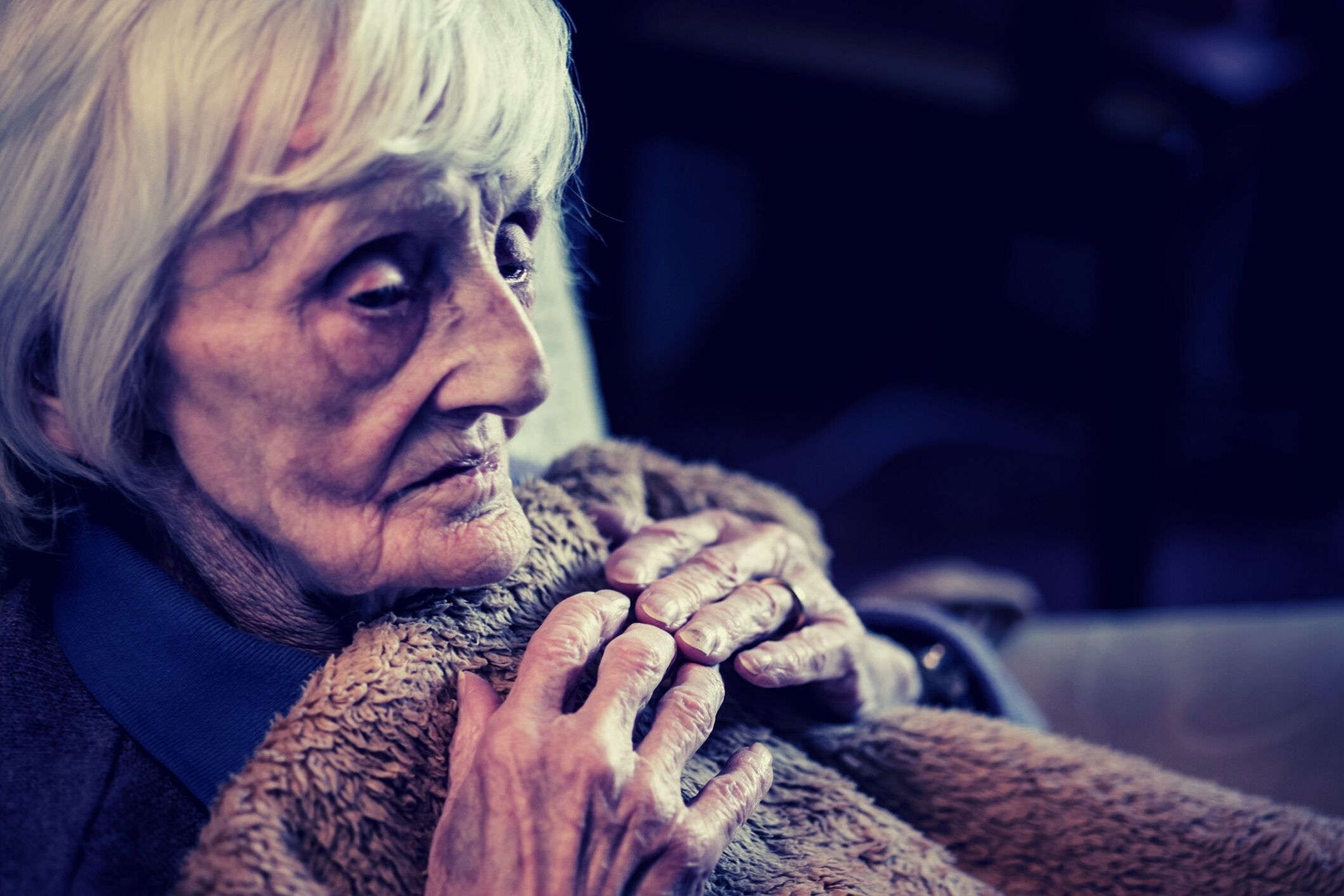
So began a recent post on the Facebook page for HelloCare’s Aged Care Worker Support Group.
The author continued that she checked temperatures in the rooms at 6pm – they were 12 degrees and falling. She gave them “extra blankets”, and at 9:30pm, left work.
“I felt terrible,” she wrote. “Gee it was cold when I left.”
When HelloCare reached out to the author of the post, she reassured us that “thankfully” the resident is now well.
Nearly 50 comments were left on the post, with most critical of the decision to turn off the heat, labelling it “disgusting”, “heartbreaking” and against the residents’ ‘human rights”.
Many suggested a complaint should be made to management or the Aged Care Quality and Safety Commission.
However, there did seem to be some uncertainty about using air conditioning during a COVID outbreak as a way to reduce the spread of infection, so HelloCare decided to take a look at the issue.
Heating systems bring fresh air in from outside
Information on Victoria’s Department of Health website debunks the idea that COVID can be spread through air conditioning units.
Heating and air conditioning actually increase airflow by bringing fresh air in from outside, and they filter air quality, the website says.
Aged care providers can improve ‘mechanical ventilation’, such as heating or air conditioning, by:
Portable air cleaners, or air purifiers, can also help to improve air quality by reducing the number of viral particles in the air.
Ventilation should be part of risk assessments
Good ventilation is one of the main ways of minimising the risk of COVID transmission.
Ventilation falls under ‘engineering’ in the Department of Health’s ‘hierarchy of COVID controls’ recommended for aged care providers when assessing how to reduce the risk of transmission.
Decisions about using air conditioning in aged care are “informed by an employer’s risk assessment”, they added.
Ensuring person-centred care
In the early days of COVID, there was speculation the mysterious new virus could be spread through air conditioning units. Now that we know more about the virus and how it spreads, that theory has been discredited.
Heating and cooling is an essential feature of most aged care homes, and should remain so, even during a COVID outbreak.
Residents’ health and comfort should always be at the priority in aged care homes. Leaving residents freezing in their bedrooms is not person-centred care, and it’s downright dangerous.
What a lot of rubbish!
Reverse cycle heaters and air-conditioning recirculate the same air . Split systems or stand alone they recycle the same air. Ducted gas or electric also recycle the same air.
Evaporative air conditioning is the only system that constantly pumps fresh cool air and has been shown to be very practical during the covid period. Regrettably they aren’t also a heater and out of necessity most places will be back to recycling used air through the cold months.
Even hospital covid wards with advanced filtration failed at the peak of Covid and had to change the practice because covid was spreading through their systems.
If a facility turned off the heat they certainly wouldn’t have done it to be cruel, it would have been done to protect residents and this is to be commended.
Interesting article.
My mother lived in a mid 1970s build RACF in Geelong run by a major health network. Room heating consisted of built-in radiant bar heaters supplied by water heated and pumped from the nearby on-site power house.
Maintenance issues for the plumbing and heating infrastructure aside, the heating was clean, safe and efficient. Temperature control consisted of simply turning the shut-off valve to suit, although my mother always left it full on.
What made a bigger difference in the heating efficiency of her room was the door and window peripheral seals I installed at my own cost, although the manager knew about it. I urged the hierarchy to carry out an audit on the other rooms- many were like wind tunnels- but at the time of her death three years later, her room remained the only one so modified.
The rooms in the complex of five buildings had no air conditioning but a peaked roof, together with a cathedral ceiling in the ensuites of all the rooms, provided the means for inducing an unobtrusive but comfortable flow of air from the corridor without added complexities of cold blasts and endless adjustments to suit individual residents. Many colds are caused by the body experiencing sudden changes in ambient temperatures caused by migrating between hot outside and cold indoors.
You can’t get a cold from being cold. You get a cold from the cold virus…
A snuffly nose from the change in air temperature is not a cold. I get this every time the weather changes too, it is not a cold.